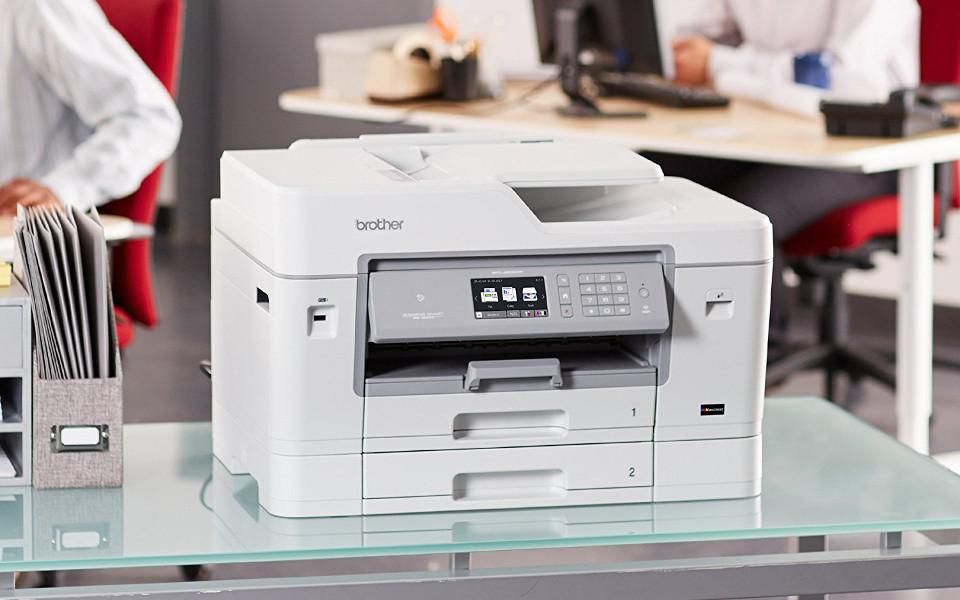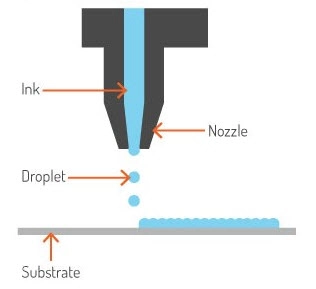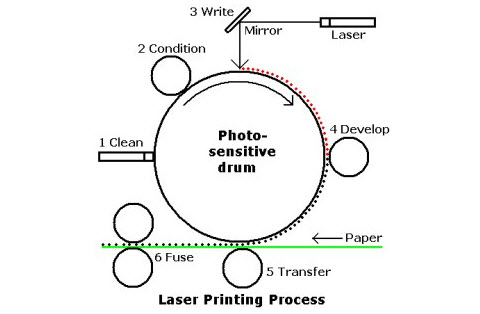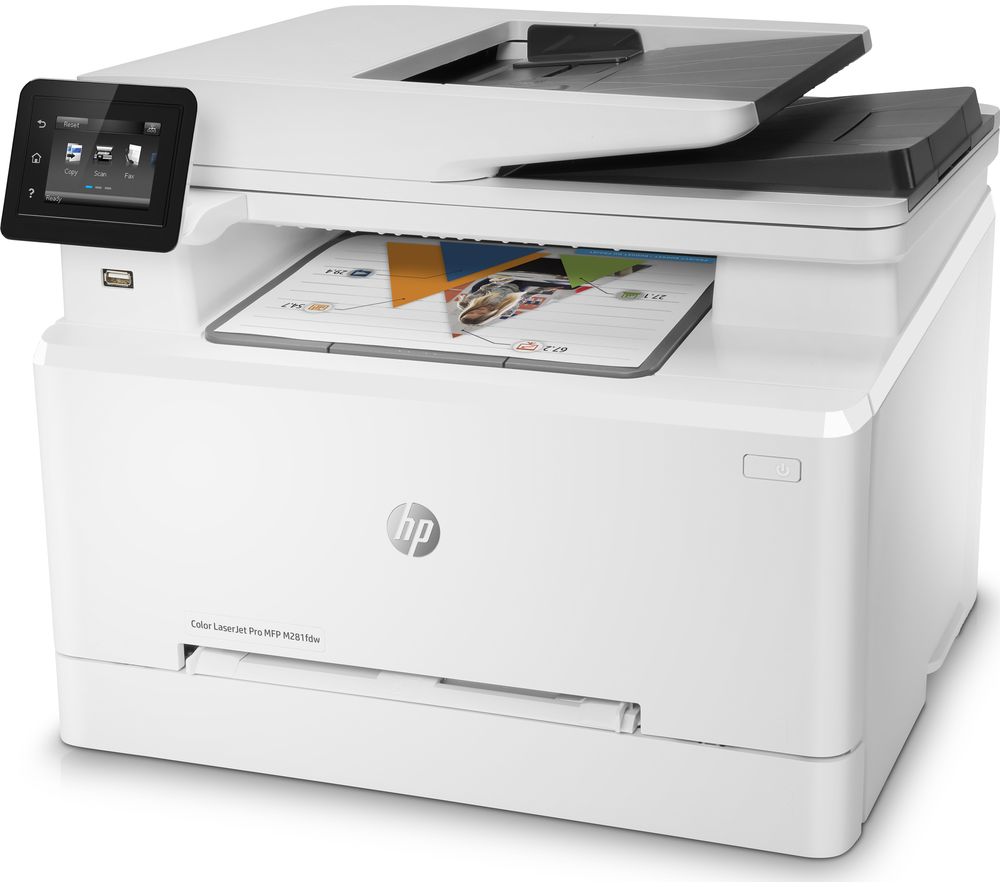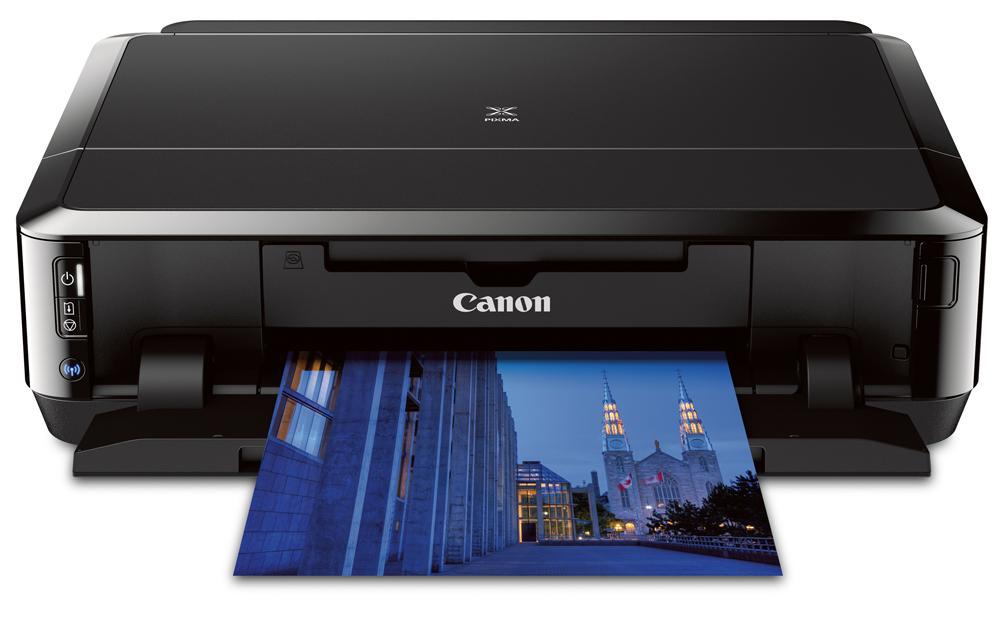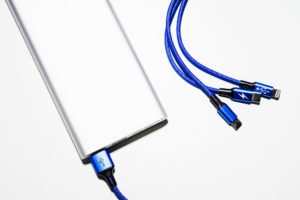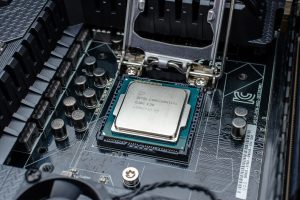Be it for work or home use, if you are in search of a new printer, particularly for the first time, there are always a lot of factors to put into consideration. From printer style to printer types, features, connectivity options, display/control options (touchscreen or non-touch) etc, buying a printer could be confusing. That said, one of the most crucial decisions to be made is the type of printer to buy: Inkjet or Laser printers?
If you have a printer sitting in your home or workplace, you most likely have had to make this decision too. For the printer rookies and newbies, however, the type of printer you choose to purchase is an important conundrum that must be made so as to avoid regrets and printer problems later on. But basically, whether (or not) to go for a laser printer or the inkjet counterpart usually depends on:
- Your printing requirement: will you be printing images? Texts? Or both?
- Printing volume: how often or how much stuff will you be printing daily or monthly?
- Printing budget: how long do you intend keeping your printer? How much do you intend spending on repair cost or replacement parts?
Inkjet vs Laser: Printing Material and Mechanism
One of the biggest differences between laser and inkjet printers is the material which they use to print on paper. While laser printers use toners (dry powder), inkjet printers utilize (wet) ink to transfer texts and images to paper. From a cost and usage standpoint, both printers have their individual upsides and disadvantages.
Compared to laser printers that use (dry) toners, inkjet printers cartridges are made of ink that -wait for it- dries up easily, even when the printer is left unused. To add, the toners in laser printer usually last longer and can be used to print more pages of documents compared to an Inkjet printer.
Mechanism of action
Printing purpose
Print speed and frequency
Paper Sizes
Unlike laser printers, inkjet supports a wide variety of paper types and sizes. With inkjet printers, photographers and creatives (or anyone) can print high-quality images on almost all types of material; paper (textured or glossy art papers, photo papers etc.) and fabrics, too.
Price and Cost-per-Page differences
Generally, inkjet printers are cheaper than laser printers. However, there’s a catch — which a lot of buyers usually do not take into consideration before making a buying decision. And that’s the cost of cartridges. If you print equal volume of pages on both laser and inkjet printers, it would cost you more money to refill the ink of the inkjet printer than replacing the toner of the laser printer.
Also, the overall cost-per-page of inkjet printers is higher than the laser counterpart. Cost-per-page is basically how much pages a cartridge is able to print before it runs out. Toner cartridges are generally more expensive but would take longer time to replace as they can print thousands of pages before exhaustion. Ink cartridges, on the other hand, are less expensive but can only print hundreds of pages.
Conclusively, while the one-off upfront cost of a laser printer is on the high side, you would spend more on ink replacement costs for an inkjet printer. Also, it is believed that inkjet printers are cheaper because they have a minimum life span of 3 years while laser printers can be used for at least 5 years.
If you aren’t a photographer, an artist, or your job doesn’t involve printing a lot of high-quality and complex images, then you are better off with a laser printer. But before you pick up that laser printer, you should check out this printer buying guide.
Discover more from Dignited
Subscribe to get the latest posts sent to your email.


